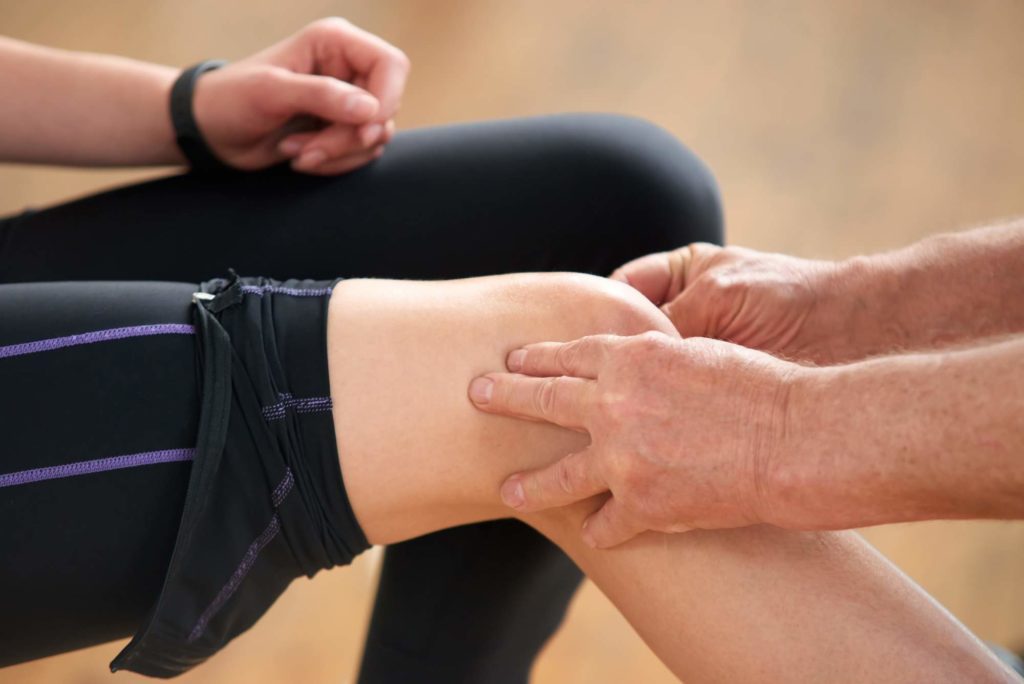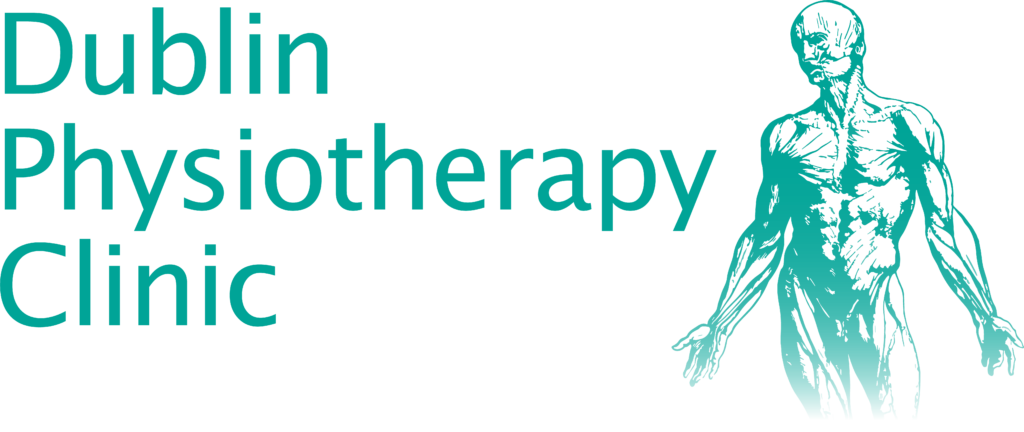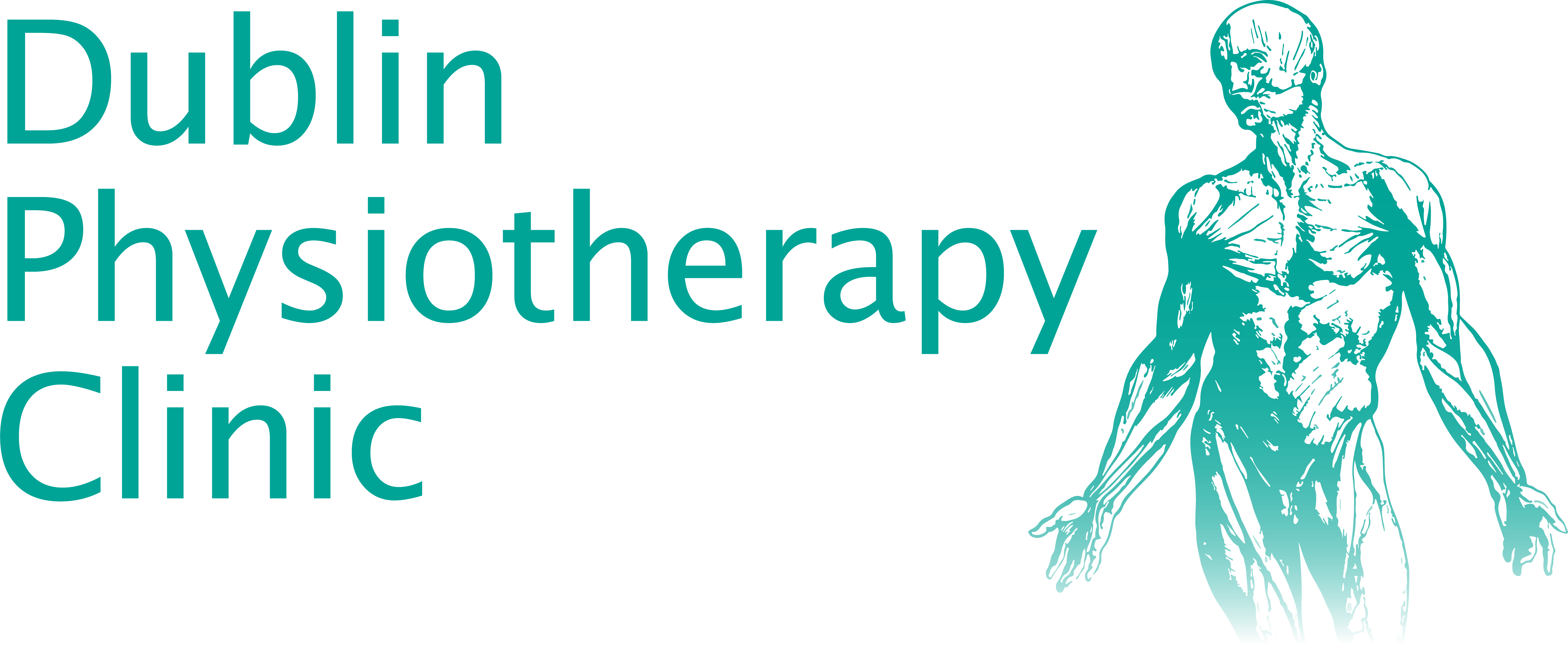Sports Injuries
The term “Sports injuries” covers a huge variety of conditions, which could involve bone fractures, joint dislocations, ligament sprains or tendon tears to more simple types of injuries involving bruising and minor strains.
The type of treatment required depends on the severity of the injury and the healing time of the damaged tissues. For example, bone heals more slowly than muscle, cartilage more slowly than ligament.
Extrinsic injuries occur as a result of a fall, a twist or an impact/contact with another player. These are often unavoidable and a certain level of injury will occur regardless of the skill, fitness and conditioning of the individual. In this case treatment tries to speed up the repair process and ensure that there are no residual problems as a result of the injuries. In general these types of injuries are considered more straightforward as the cause of the injury is clear and the type of treatment required is easily determined.


The other types of injury are intrinsic injuries. Intrinsic injuries occur as a result of pulling or straining an area either during a specific sport or developing soreness after playing. Typically there is no specific incident to report. Typical areas involve hamstrings, groin, shoulder tendonitis and lower back. These are more complex injuries to manage, not because the extent of injury is more severe but because more detailed analysis of the underlying cause is required in order to find the solution.
If the underlying cause of the problem is not specifically identified and/or reversed it is common for people to suffer recurrences of injuries in the same areas and fail to return to their normal level of participation. This is a point that is often overlooked because people don’t think that it is a particularly serious problem until it starts to progress to interfere with more and more activities and becomes harder to settle down.
In this case the role of the Physiotherapist is twofold: firstly to address the acute pain by using a combination of manual therapy, anti- inflammatory modalities, protecting the damaged area, maintaining muscle strength and range of motion as the initial priority of care. The other key component is to understand the mechanics of breakdown, the so-called “biomechanics of the injury” and this requires a detailed assessment of the mechanical function of the area in question – and a degree of skill beyond just treating symptoms.
Usually standard investigation e.g. X-ray or MRI don’t help much in this process and it comes down to the skill and experience of the examining Physiotherapist to work out what areas to treat.
These are key issues to ask your Physiotherapist when managing an intrinsic injury, which is recurrent in nature, and it is important to ensure that all aspects of treatment are being addressed as part of the care plan.
JOIN OUR MAILING LIST
EMAIL:

